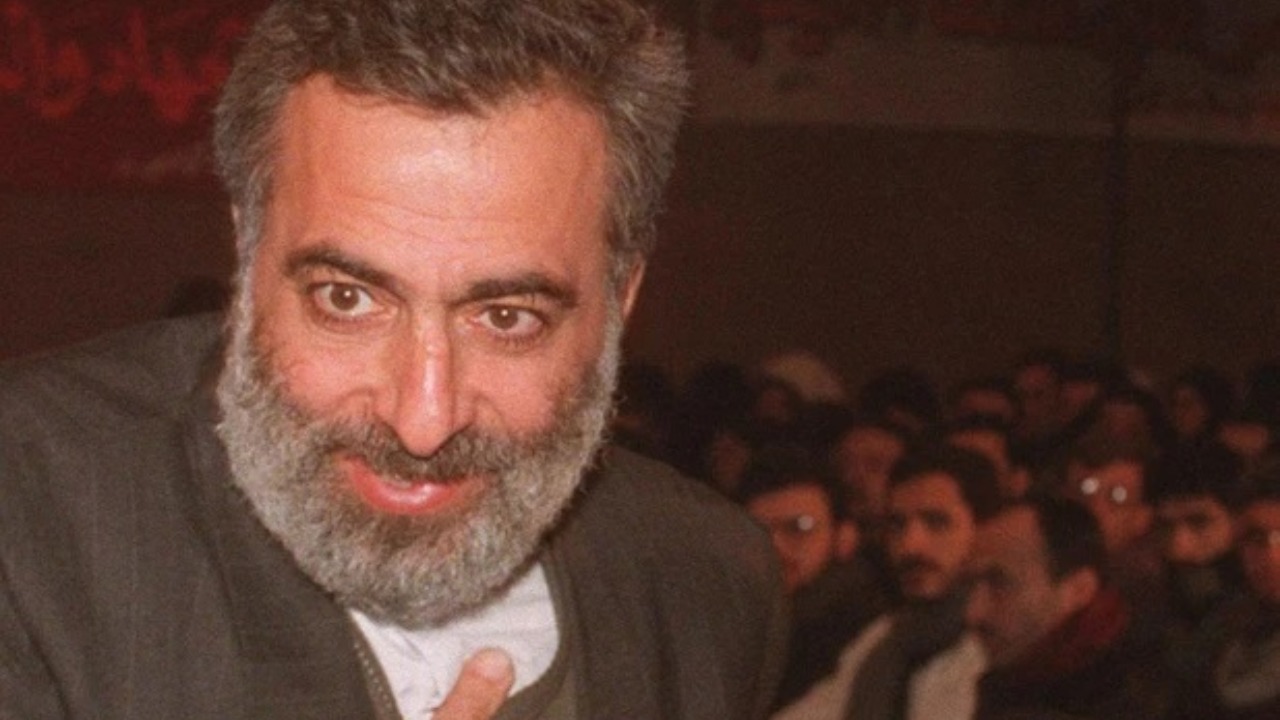Iran’s former ambassador to Syria, involved in US hostage crisis, dies of coronavirus

WASHINGTON DC (Kurdistan 24) – Hossein Sheikholeslam, Iran’s ambassador to Syria from 1998 to 2003, and a prominent figure in the 1979 Iranian hostage crisis, died on Thursday from coronavirus.
The 67 year-old Sheikholeslam is the fourth prominent Iranian to die in recent days from the new virus. More than any other country, Iran’s leadership has been infected by the disease.
Other senior political figures who have become ill include the Vice President for Women and Family Affairs, Masumeh Ebtekar. Like Sheikholeslam, Ebtekar was prominently involved in the November 1979 seizure of the US embassy in Tehran, in the early days of the Iranian revolution.
The siege lasted for 444 days. The humiliation brought down US President Jimmy Carter and contributed to the election of his successor, Ronald Reagan. It also paved the way for four decades of hostility between Washington and Tehran that persist to this day.
Iran as Virus Epicenter in the Middle East
Iran has emerged as the Middle East epicenter of the coronavirus, from where it has spread to other areas, including Iraq and the Kurdistan Region.
Iran now has the third largest number of fatalities in the world, after China and Italy. On Friday, Tehran announced that its coronavirus death toll had risen to 124. In Italy, it was 197, and over 3,000 in China.
Previous coronavirus deaths in Iran include its former ambassador to the Vatican, Hadi Khosrowshahi, and an Expediency Council member, Mohammad Mirmohammadi. Both were elderly, typical of those who die from the disease.
However, a fourth victim, Elham Sheikhi, was a 23 year old athlete. She lived in Qom, Iran’s holiest Shi’ite city, which lies just 100 miles south of Tehran. Qom is the epicenter of the virus within Iran, and the country’s elite travels regularly between the two cities.
READ MORE: Coronavirus appears to be spreading among Iranian elite: report
Some 20% of the members of Iran’s parliament are now infected, as is the Deputy Health Minister, who actually gave a press conference, downplaying the danger of coronavirus, when he, himself, had already contracted it.
The Iranian leadership was slow to recognize the seriousness of the disease, and its first reaction was to assert that everything was under control. As the virus spread, and fatalities mounted, observers, both in and outside of Iran, charged that Tehran was concealing the extent of the illness and the havoc it was causing.
The same thing happened in China, and to a lesser extent, a similar phenomenon appears at play in some western countries, including the US.
Typically, authorities do not want to hear that a serious problem has emerged that they must address—immediately. Absent meaningful political intervention, bureaucracies continue to work according to standard operating procedures, oblivious to the mounting crisis. And then who wants to spook the financial markets? Or the public writ large? Their response can be panicked and counterproductive.
Hossein Sheikholeslam as a young revolutionary
Like Iran’s Foreign Minister, Mohammed Jawad Zarif, for whom he was an adviser, Sheikholeslam was a student in America. But whereas Zarif’s US education followed the Iranian revolution, Sheikholeslam broke off his studies to become part of it.
“Sheikholeslam spent years studying computer science at the University of California, Berkeley, before he returned to Iran, in 1979, to join the revolution,” the journalist Robin Wright wrote Friday in The New Yorker.
Sheikholeslam was then all of 27 years old.
“I was there” at the embassy “all four hundred and forty-four days,” he boasted to the American journalist, when Wright last saw him, in 2015, in Tehran. “I helped put together and translate the classified cables that the Americans had shredded”—which the new, revolutionary regime subsequently published, in 13 volumes.
Wright even suggested that Sheikholeslam was involved in the twin bombings of the US Marines and French paratroopers in Lebanon. The troops were acting as peacekeepers, following Israel’s invasion of Lebanon and the subsequent evacuation of the PLO from Beirut.
“Days before” the Oct. 23, 1983, bombings of the western forces, Sheikholeslam was in Syria and Lebanon, Wright wrote.
Following the bombings, it emerged that the US had a communications intercept between Damascus and Tehran. US officials, including Secretary of Defense Caspar Weinberger, described the attacks as the combined, coordinated work of Syria and Iran.
